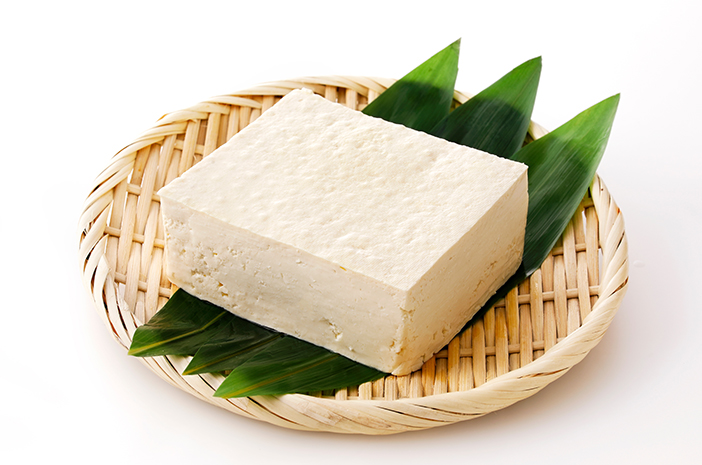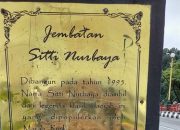Tofu, or “tahu” as it is known in Indonesia, is a popular and versatile ingredient used in various Indonesian dishes. The traditional method of making tofu involves several steps, which have been passed down through generations. Here is a detailed description of the traditional Indonesian tofu-making process:
Ingredients:
Soybeans
Water
Coagulant (commonly used coagulants are calcium sulfate, magnesium chloride, or vinegar)
Equipment:
Large basin or container
Grinder or stone mill
Cheesecloth or muslin cloth
Wooden mold
Heavy weights
Steps:
Soaking the Soybeans: The process begins by soaking dried soybeans in water for about 8 to 12 hours. This rehydrates the beans and makes them easier to grind.
Grinding: Once the soybeans are fully soaked, they are ground into a fine slurry using a grinder or a traditional stone mill. Water is added during this process to help with grinding and to create a smooth mixture.
Boiling: The soybean slurry is then boiled in a large container. Boiling helps to extract the soy milk from the ground beans. This mixture needs to be stirred continuously to prevent it from burning and sticking to the bottom of the pot.
Straining: After boiling, the mixture is poured through a cheesecloth or muslin cloth to separate the soy milk from the soybean pulp, known as okara. The soy milk is collected in a large basin, while the okara is set aside. Okara can be used in other recipes or as animal feed.
Coagulating: The next step involves coagulating the soy milk to form curds. This is done by adding a coagulant to the hot soy milk. Common coagulants include calcium sulfate (gypsum), magnesium chloride (nigari), or vinegar. The coagulant is dissolved in water and then slowly stirred into the soy milk. As the coagulant is mixed in, the soy milk starts to curdle and form curds.
Forming and Pressing: The curds are then scooped into a wooden mold lined with cheesecloth. The mold is designed to shape the tofu and allow excess liquid to drain out. Once the mold is filled, the curds are covered with the cloth and a wooden lid or board is placed on top. Heavy weights are then placed on the lid to press the tofu, squeezing out the remaining whey and firming up the tofu. This pressing process usually takes about 30 to 60 minutes, depending on the desired firmness of the tofu.
Cutting and Storing: After pressing, the tofu is removed from the mold and cheesecloth. It is then cut into desired shapes and sizes. Freshly made tofu can be used immediately or stored in water in a refrigerator for a few days.
Conclusion: Traditional Indonesian tofu making is a labor-intensive process that results in a fresh and nutritious product. The tofu produced using this method has a delicate texture and rich flavor, making it a beloved ingredient in many Indonesian households. By preserving these traditional techniques, Indonesian tofu makers continue to honor their culinary heritage while providing a staple food that is enjoyed by many.
















